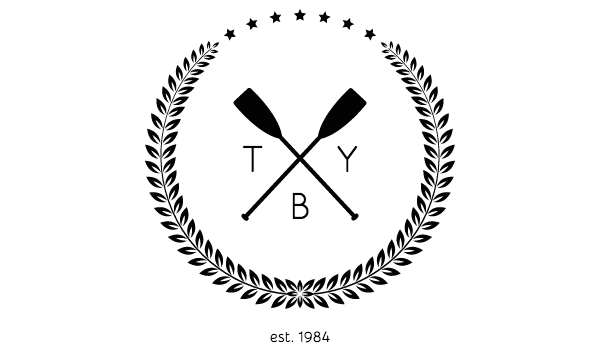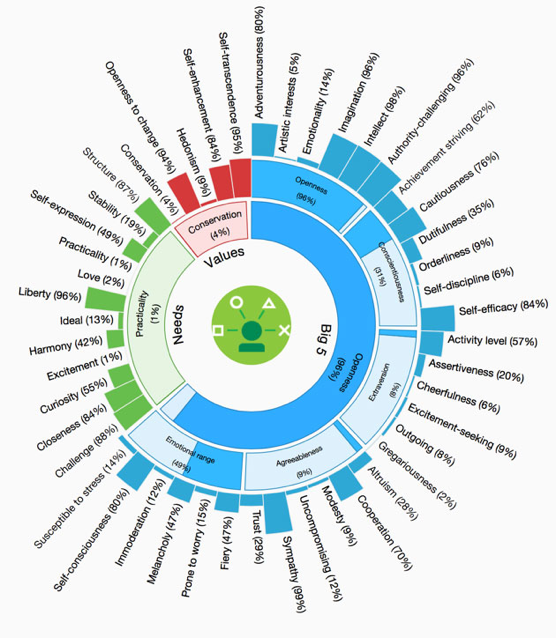biology as computation
If the 20th century was the century of physics, the 21st century will be the century of biology. While combustion, electricity and nuclear power defined scientific advance in the last century, the new biology of genome research - which will provide the complete genetic blueprint of a species, including the human species - will define the next.
Craig Venter & Daniel Cohen - The Century of Biology
It took 15 years for technology to catch up with this audacious vision that was articulated in 2004. Investors who followed the pioneers got severely burned by the first hype cycle, just like those who got wiped out by the dot-com bubble.
But now the real cycle is kicking in. Cost of sequencing, storing and analyzing genomes dropped dramatically. Nations are finally initiating population wide genetics studies to jump-start their local genomic research programs. Regulatory bodies are embracing the new paradigm, changing their standards, approving new gene therapies, curating large public datasets and breaking data silos. Pharmaceutical companies and new biotech startups are flocking in droves to grab a piece of the action. Terminal patients are finding new hope in precision medicine. Consumers are getting accustomed to clinical genomic diagnostics. Popular culture is picking up as well. Our imagination is being rekindled. Skepticism from the first bust is wearing off as more and more success stories pile up.
There is something much deeper going on too. It is difficult to articulate but let me give a try.
Mathematics did a tremendous job at explaining physical phenomena. It did so well that all other academic disciplines are still burning with physics envy. As the dust settled and our understanding of physics got increasingly more abstract, we realized something more, something that is downright crazy: Physics seems to be just mathematics and nothing else. (This merits further elaboration of course, but I will refrain from doing so.)
What about biology? Mathematics could not even scratch its surface. Computer science on the other hand proved to be wondrously useful, especially after our data storage and analytics capabilities passed a certain threshold.
Although currently a gigantic subject on its own, at its foundations, computer science is nothing but constructive mathematics with space and time constraints. Note that one can not even formulate a well-defined notion of complexity without such constraints. For physics, complexity is a bug, not a feature, but for biology it is the most fundamental feature. Hence it is not a surprise that mathematics is so useless at explaining biological phenomena.
The fact that analogies between computer science and biology are piling up gives me the feeling that we will soon (within this century) realize that biology and computer science are really just the same subject.
This may sound outrageous today but that is primarily because computer science is still such a young subject. Just like physics converged to mathematics overtime, computer science will converge to biology. (Younger subject converges to the older subject. That is why you should always pay attention when a master of the older subject has something to say about the younger converging subject.)
The breakthrough moment will happen when computer scientists become capable of exploiting the physicality of information itself, just like biology does. After all hardware is just frozen software and information itself is something physical that can change shape and exhibit structural functionalities. Today we freeze because we do not have any other means of control. In the future, we will learn how to exert geometric control and thereby push evolution into a new phase that exhibits even more teleological tendencies.
A visualization of the AlexNet deep neural network by Graphcore
If physics is mathematics and biology is computer science, what is chemistry then?
Chemistry seems to be an ugly chimera. It can be thought of as the study of either complicated physical states or failed biological states. (Hat tip to Deniz Kural for the latter suggestion.) In other words, it is the collection of all the degenerate in-between phenomena. Perhaps this is the reason why it does not offer any deep insights, while physics and biology are philosophically so rich.




